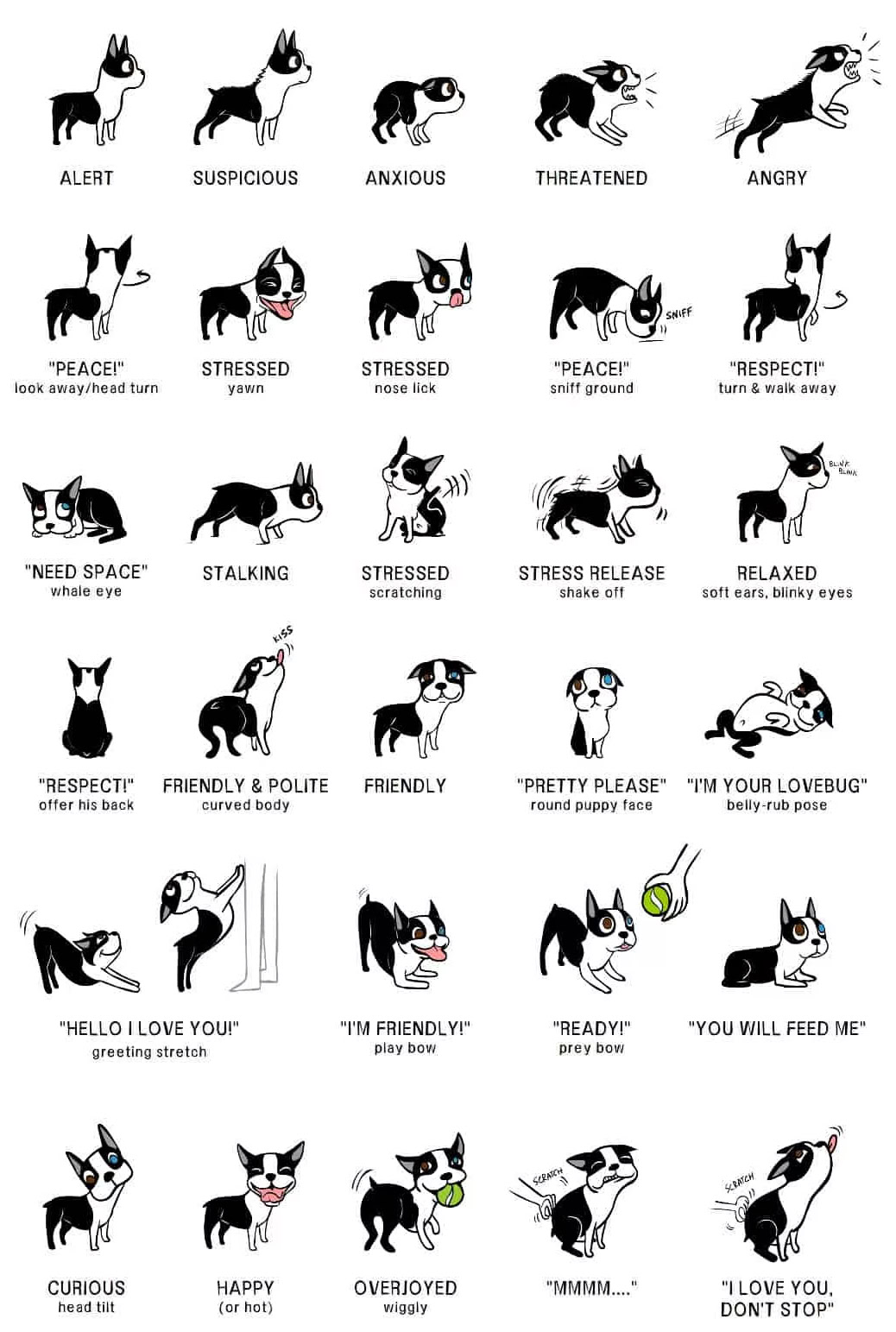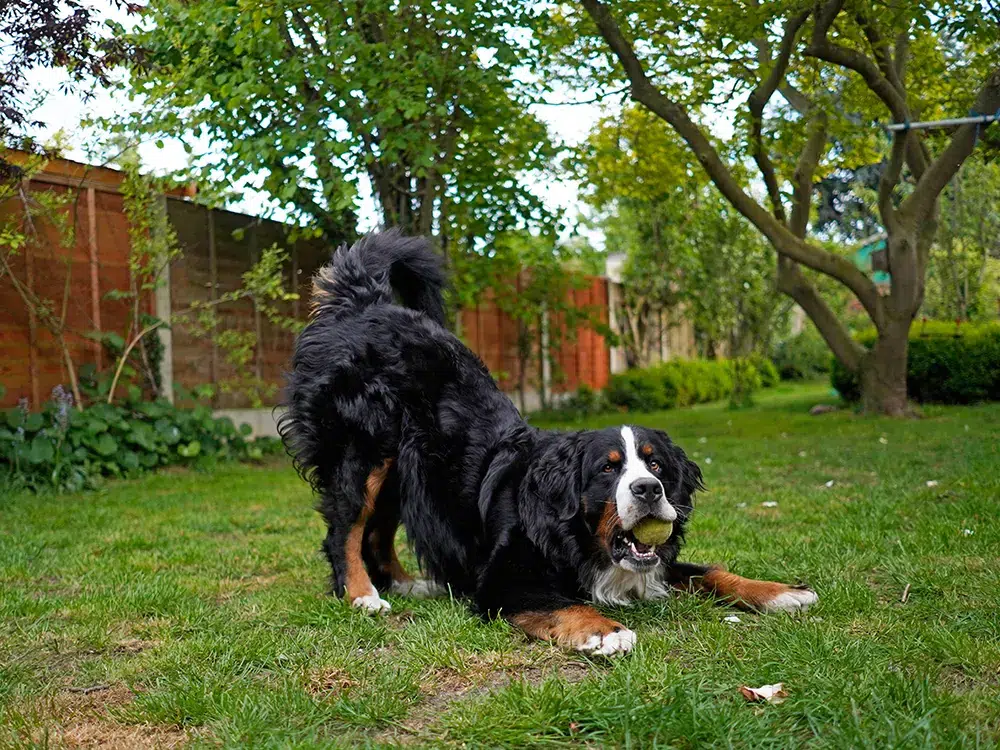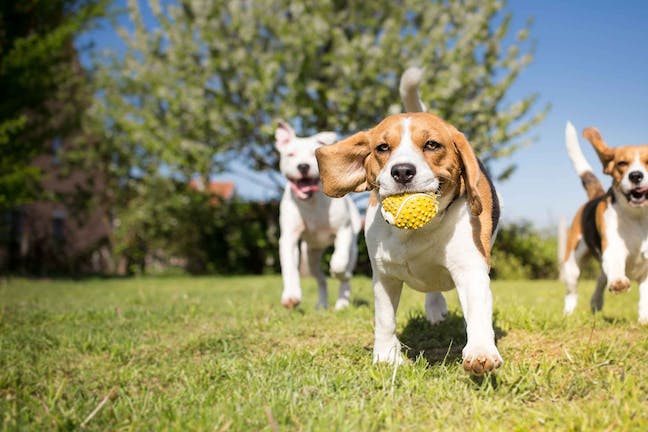Canine Communication: Understanding Your Dog’s Body Language and Signals
Introduction
As a dog owner or someone who interacts with dogs, understanding your furry mate’s body language and signals is crucial for building a strong bond and ensuring their well-being. In this article, we’ll dive into the fascinating world of canine communication, exploring different aspects of your dog’s body language and vocalisations to help you better interpret their signals. Get ready to learn how to strengthen the connection with your beloved pet and respond effectively to their needs.
Understanding Canine Communication
Why is it important?
Comprehending your dog’s body language and vocalisations allows you to better understand their emotions, wants, and needs. This understanding can help you avoid potential conflicts, provide a safe and comfortable environment, and even prevent accidents. Additionally, knowing how your dog communicates can foster a deeper bond and improve your overall relationship with your pet.
Canine Body Language

Eyes
A dog’s eyes can convey a lot of information. Soft, relaxed eyes generally indicate that the dog is content and at ease. In contrast, wide-open eyes with visible whites, often referred to as “whale eye,” suggest stress, fear, or anxiety. A direct, prolonged stare can be a sign of aggression or dominance.
Ears
Your dog’s ears can also reveal their emotional state. Erect ears that face forward demonstrate alertness or interest, while ears that are pulled back or flattened can indicate fear, submission, or uncertainty.
Mouth
A dog’s mouth can convey a variety of emotions. A relaxed, open mouth with gentle panting usually signals that the dog is happy and content. A closed, tight mouth can signify stress, fear, or aggression. Excessive drooling or yawning might also indicate anxiety or stress.
Tail
A dog’s tail is another crucial element in interpreting their body language. A wagging tail is typically a sign of friendliness, but the speed and direction of the wag also matter. A slow, relaxed wag indicates contentment, while a fast, stiff wag can signal excitement or even aggression. A tucked tail often shows fear or submission, while a raised tail might suggest confidence or dominance.
Posture
A dog’s overall body posture can provide insight into their emotional state. A relaxed, loose posture with even weight distribution indicates comfort and contentment. A stiff, tense posture with raised hackles can signal aggression, fear, or anxiety. A submissive dog may lower its body or even roll over to expose its belly.
Vocalisations
Barking
Barking is a common vocalisation in dogs and can have various meanings. It can be a sign of excitement, attention-seeking, warning, or even boredom. Paying attention to the pitch, duration, and context of the bark can help determine its purpose.
Whining
Whining can be an expression of pain, discomfort, anxiety, or a plea for attention. Consoling or addressing your dog’s needs when they whine can help alleviate their distress.
Growling
Growling is often associated with aggression or dominance, but it can also be a warning or a sign of fear. Never punish a dog for growling, as it may escalate the situation. Instead, try to understand the underlying cause and address it appropriately.
Howling
Howling can be a form of long-distance communication or a response to certain sounds or stimuli. It might also be an expression of loneliness, stress, or excitement.
Common Dog Signals and What They Mean
Play bow
A play bow, where your dog lowers its front legs and raises its hindquarters, is an invitation to play and a sign of friendliness.

Yawning
Although yawning can signal tiredness, it may also be a sign of stress or anxiety, especially if accompanied by other stress-related body language.
Nose licking
Nose licking is a calming signal, often used when a dog is feeling uneasy, anxious, or stressed. It can also indicate anticipation or submission.
Panting
While panting can be a way to cool down, it might also signal stress, pain, or excitement, depending on the context.
Conclusion
Understanding your dog’s body language and vocalisations is essential for a harmonious relationship and the well-being of your pet. By paying attention to their eyes, ears, mouth, tail, posture, and vocalisations, you can better interpret their emotions and needs, ultimately strengthening your bond with your furry friend.
FAQs
- Can all dogs communicate the same way?
While there are general patterns in canine communication, each dog is unique, and individual differences may exist. Observe your dog closely to learn their specific signals and cues.
- How can I teach my dog to communicate better with me?
Consistency, positive reinforcement, and patience are essential for teaching your dog to communicate effectively. Encourage your dog to use specific signals to express their needs, and always respond accordingly.
- What should I do if I don’t understand my dog’s body language or vocalisations?
If you’re unsure about your dog’s signals, try to observe the context and consider their overall behaviour. If you’re still uncertain, consult a professional dog trainer or behaviourist for guidance.
- Can my dog understand my body language and vocalisations?
Dogs are excellent at reading human body language and vocalisations. They can often sense our emotions and respond to our gestures, tone of voice, and facial expressions.
- How can I help my dog feel more comfortable when they are displaying stress signals?
When your dog is showing signs of stress, it’s essential to identify and address the underlying cause. Provide a safe and calming environment, and avoid exposing your dog to overwhelming situations. Encourage positive associations with potentially stressful stimuli and use positive reinforcement to help your dog feel more at ease. If your dog’s stress persists or worsens, consider consulting a professional dog trainer or behaviourist for guidance.
Additional Tips for Better Canine Communication
Be patient and observant
Learning to interpret your dog’s body language and vocalisations takes time and patience. Observe your dog closely in different situations to understand their unique communication patterns better.
Consistency is key
When communicating with your dog, be consistent in your body language, tone of voice, and verbal cues. Consistency will help your dog understand your intentions more clearly and enable more effective communication.
Learn from experts
To improve your understanding of canine communication, consider attending dog training classes, workshops, or seminars. You can also learn from reputable books, articles, and online resources on the topic.
Socialise your dog

Socialising your dog from an early age can help them develop better communication skills with both humans and other dogs. Regular, positive interactions with a variety of people and animals can significantly enhance your dog’s ability to communicate effectively.
Build trust and establish a strong bond
A trusting relationship with your dog is the foundation for effective communication. Spend quality time with your pet, engage in play, and provide positive reinforcement to build a strong bond and foster better communication.
By investing time and effort into understanding your dog’s body language and vocalisations, you can enhance the relationship with your pet and ensure their well-being. As you continue to learn and grow together, you’ll discover that effective communication with your dog is a rewarding and fulfilling experience.
Paying Attention to Context
When interpreting your dog’s body language and vocalisations, it’s essential to consider the context in which the signals are occurring. The situation, environment, and other factors can help provide a clearer understanding of what your dog is trying to communicate. For example, a wagging tail might indicate happiness in a familiar setting, but it could also mean nervousness or uncertainty when encountering a new environment or a strange dog.
Using Your Own Body Language and Tone
Just as you learn to understand your dog’s body language and vocalisations, your dog is also paying attention to your body language, tone of voice, and facial expressions. To communicate effectively with your dog, it’s crucial to be aware of the signals you’re sending through your own body language and tone. By being mindful of your gestures, posture, and voice, you can convey clear messages to your dog and strengthen your bond.
Avoiding Punishment and Encouraging Positive Communication
When trying to understand your dog’s body language and vocalisations, it’s important to avoid punishment, especially when your dog is trying to communicate fear, anxiety, or discomfort. Punishment can exacerbate negative emotions and damage the relationship between you and your dog. Instead, focus on positive reinforcement, understanding, and addressing the root cause of the issue. Encouraging open communication and fostering a supportive environment can help your dog feel more comfortable and willing to express themselves.
Summary
Understanding your dog’s body language and vocalisations is an ongoing process that requires patience, observation, and empathy. By taking the time to learn and appreciate your dog’s unique communication style, you can foster a strong bond, enhance your relationship, and ensure your pet’s well-being. Remember to be consistent in your own body language and tone, to create a positive environment, and to be open to learning and growing together with your beloved canine companion. With time and effort, you’ll find that communicating with your dog becomes a more natural and rewarding experience.

